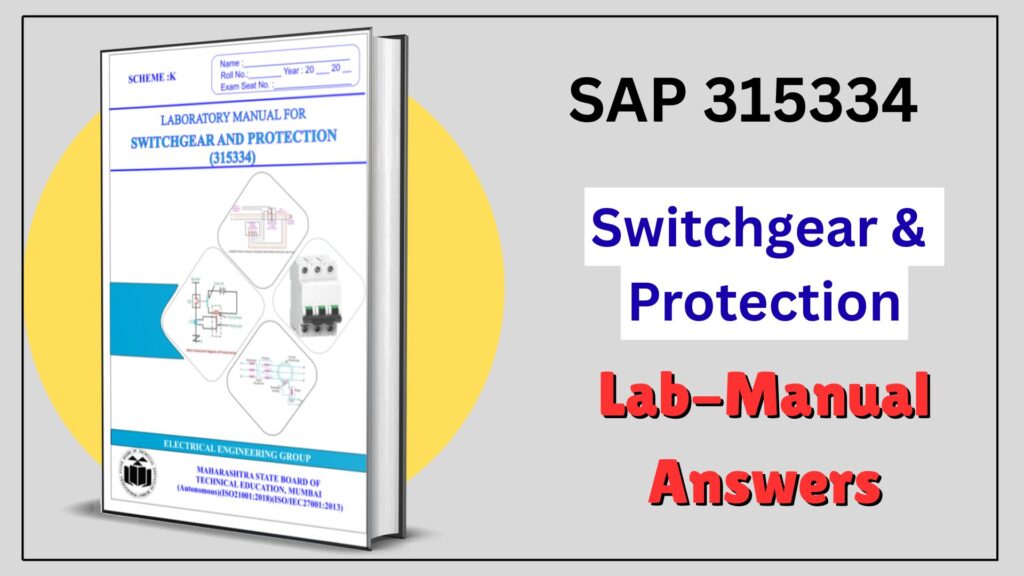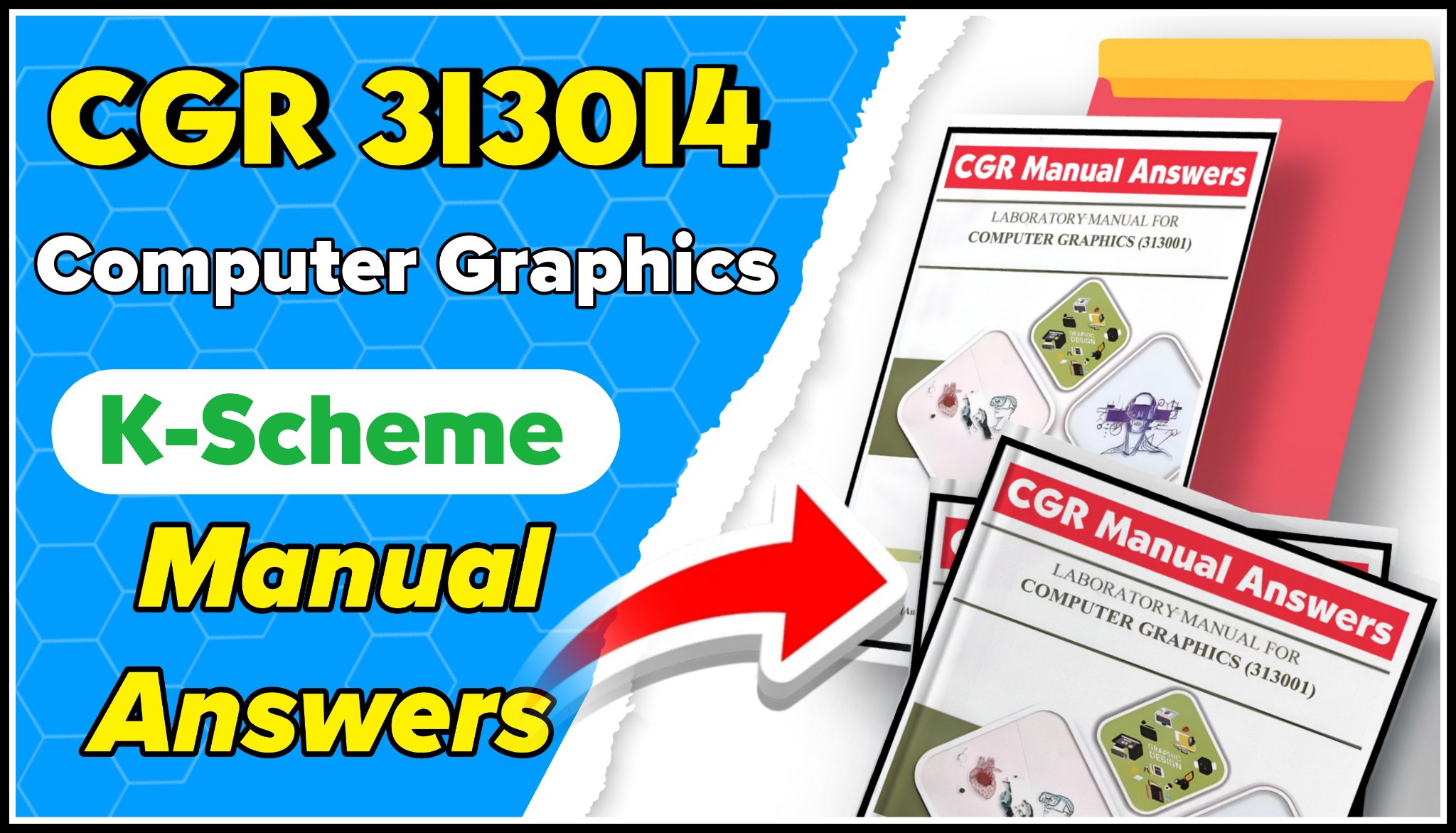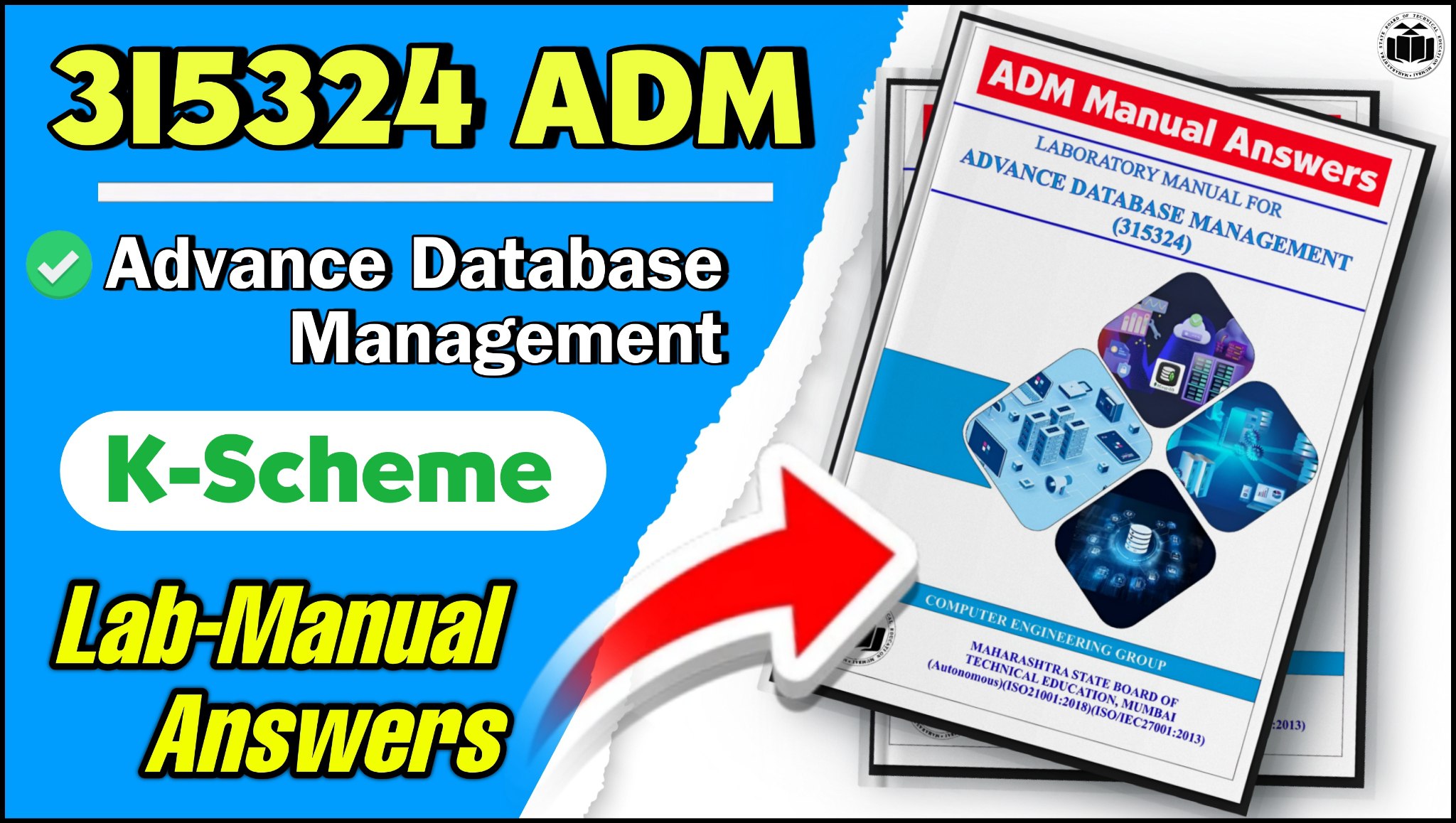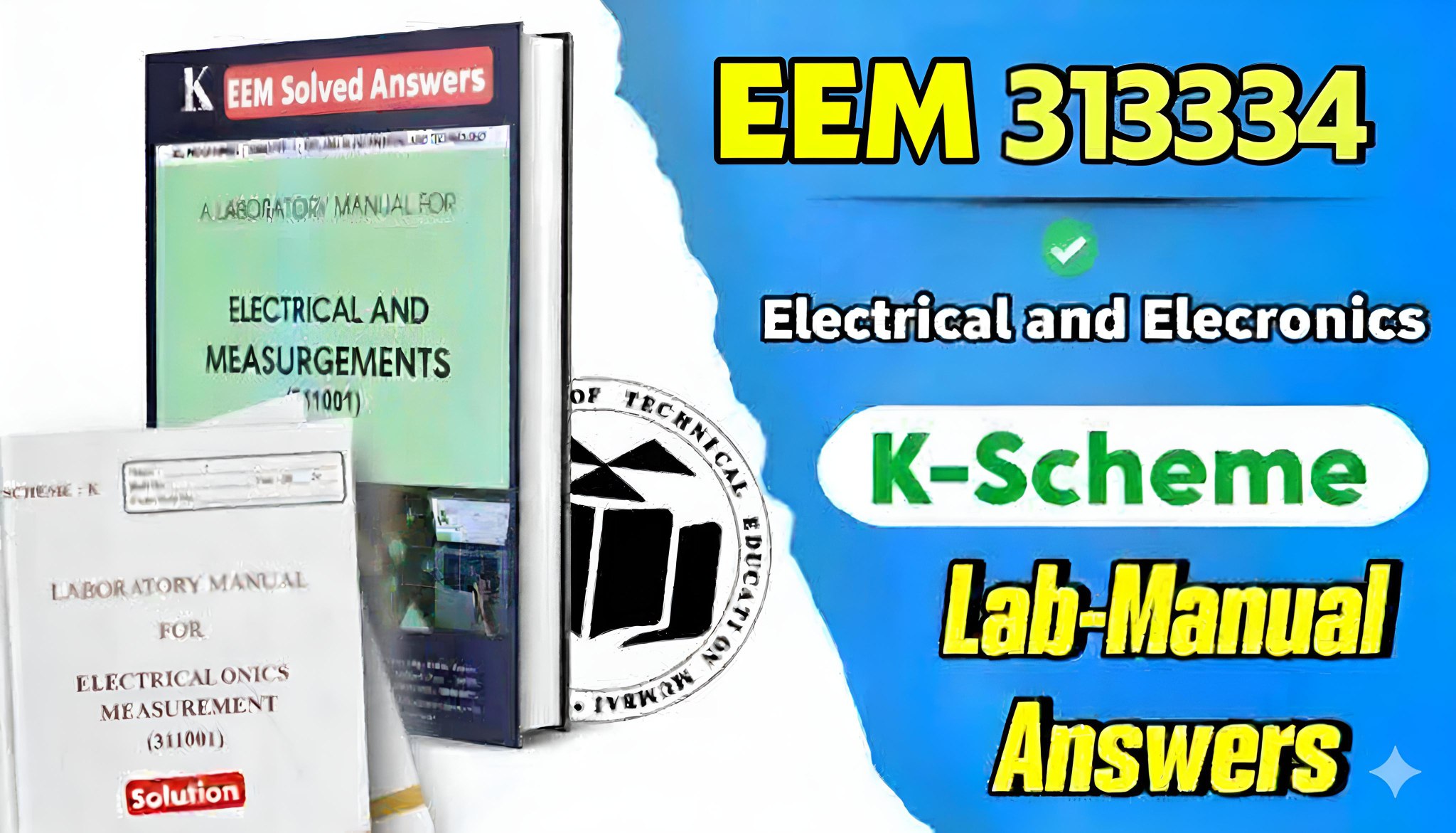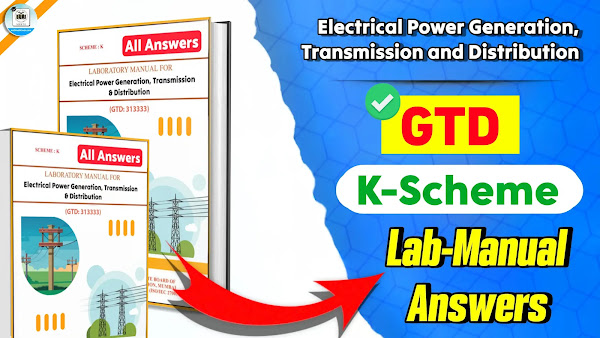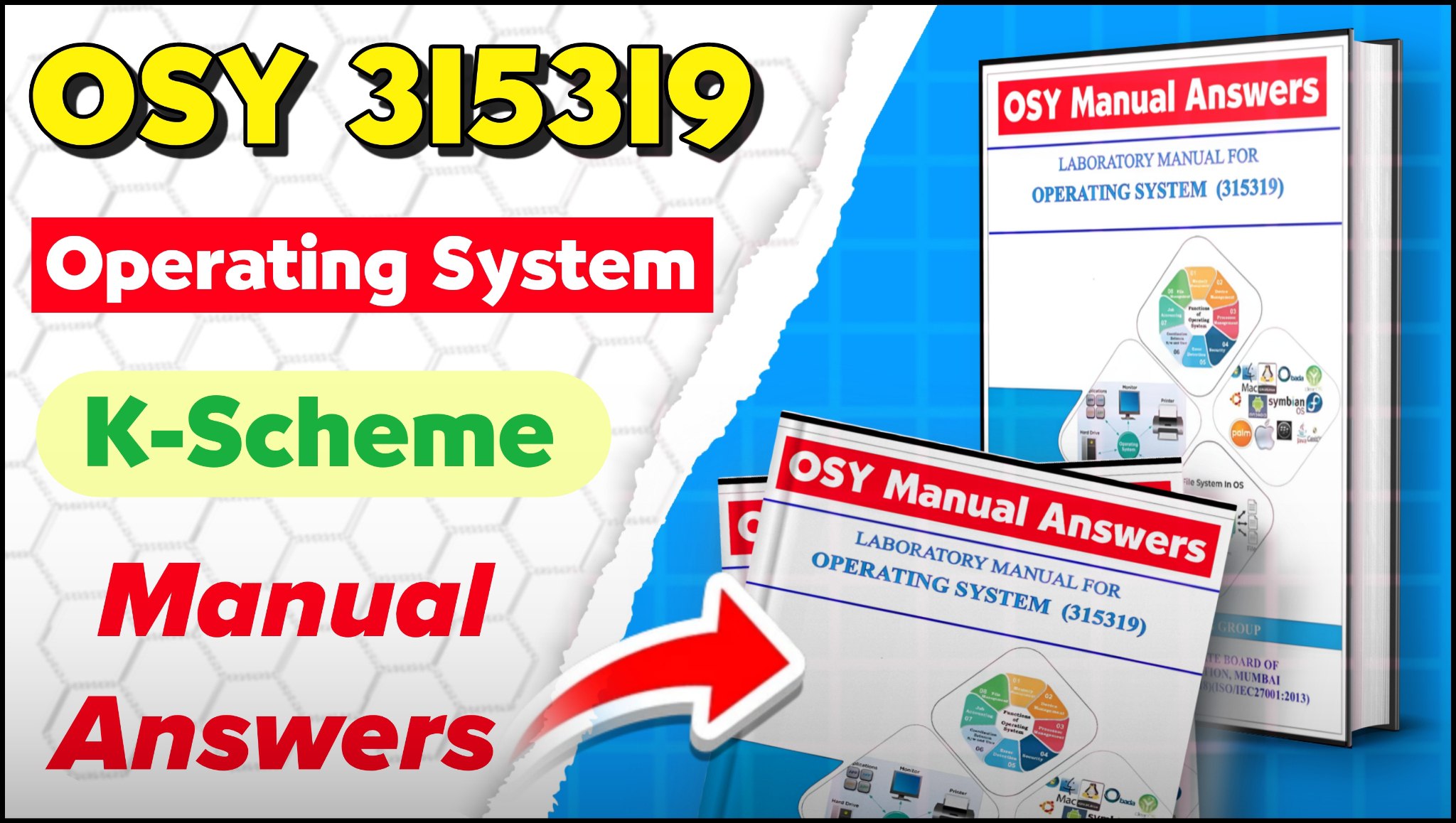315334 SAP Switchgear and Protection Manual Answer for Electrical Engineering Group by MSBTE All Clear Engineers
Struggling with your 5th semester Switchgear and Protection (SAP) manual? These step-by-step answers follow the MSBTE K-Scheme pattern in simple language. This guide helps you learn key protection methods and scoring formats for practical and viva sessions.
Overview of Switchgear and Protection (SAP)
Switchgear and protection is about the devices, relays, and systems that keep electrical networks safe and running, even if faults like short circuits or overloads happen. This subject teaches you how to choose, test, and use fuses, breakers, relays, and protection schemes for generators, transformers, motors, and transmission lines.
Practical Course Outcomes
-
CO1: Recognize types of faults in power systems.
-
CO2: Select correct switchgear for each purpose.
-
CO3: Test performance of relays (like overcurrent, earth fault, and differential).
-
CO4: Choose protection schemes for alternators, motors, transformers, busbars, lines.
-
CO5: Suggest ways to protect against overvoltages and high lightning surges.
Practical No. 1
Simulation of Earth Fault/ Short Circuit fault.Practical No. 2
Testing of HRC Fuse.Practical No. 3
Testing of Miniature Circuit Breaker.Practical No. 4
Characteristics of Induction type over-current relay.Practical No. 5
Plug Setting and Time setting Multiplier of Induction type relay.Practical No. 6
Demonstrate/ Simulate differential protection scheme for different types of faults on Alternator.Practical No. 7
Demonstrate/ Simulate differential protection scheme for different types of faults on Transformer.Practical No. 8
Testing of single-phase preventer for protecting three phase induction motor.Practical No. 9
Demonstrate/Simulate transmission line protection by using the impedance/over current relay for various faults.Practical No. 10
Demonstration of Thyrite type lightning arrester using video /Dismantling the same.Practical No. 11
Demonstrate process of carrying out neutral earthing at different substations / locations or with suitable mediaMSBTE All Clear Learn+Earn Program
Sell Your Practicals with us!
Manual Practicals (With Simple Steps)
- 1. Simulation of Earth Fault/Short Circuit Fault
- Aim: Show how faults occur and are detected.
- Steps: Use simulation kit/software, create various fault conditions, note how relays react.
- Conclusion: Faults raise current/voltage beyond safe limit, and protection must act fast.
- 2. Testing HRC Fuse
- Aim: Discover how fuses protect circuits.
- Steps: Place fuse in test circuit, gradually raise load, note when/how it blows, check replacement.
- Conclusion: HRC fuses break high fault current safely.
- 3. Testing Miniature Circuit Breaker (MCB)
- Aim: Test operation of household/industrial MCBs.
- Steps: Load circuit until MCB trips, record tripping current and reset procedure.
- Conclusion: MCBs are reusable and trip accurately.
- 4. Induction Type Over-Current Relay
- Aim: Study relay operating characteristics.
- Steps: Connect relay setup, increase current, plot current vs. time curve, note dial settings.
- Conclusion: Suitable for overload or short-circuit faults.
- 5. Plug Setting and Time Setting Multiplier in Relay
- Aim: Adjust relay sensitivity and delay.
- Steps: Vary plug and time dial, observe relay response, mark effects on operation.
- Conclusion: Settings help coordinate relay with expected fault conditions.
- 6. Differential Protection on Alternator
- Aim: Show how differential protection saves alternators.
- Steps: Use demo or simulation, create fault inside and outside winding, observe relay action.
- Conclusion: Scheme isolates only faulty section, keeps the rest running.
- 7. Differential Protection on Transformer
- Aim: Demonstrate transformer fault detection.
- Steps: As above, this time focusing on transformer demo or simulation.
- Conclusion: Prevents extended transformer damage and outages.
- 8. Testing Single-Phase Preventer for Induction Motor
- Aim: Protect motors from missing phase.
- Steps: Wire preventer, intentionally remove phase, note operation.
- Conclusion: Essential for motor safety in factories.
- 9. Transmission Line Protection Using Relay
- Aim: Test relay schemes for line safety.
- Steps: Simulate faults at different points, note relay and breaker trips.
- Conclusion: Reliable relays prevent major blackouts.
- 10. Thyrite Type Lightning Arrester
- Aim: Demonstrate overvoltage protection.
- Steps: Watch a dismantle/demo/video, identify arrestor parts.
- Conclusion: Arresters defend equipment from lightning surges.
- 11. Neutral Earthing at Substations
- Aim: Show how earthing is done in electrical stations.
- Steps: List/visit/diagram different earthing methods.
- Conclusion: Proper earthing protects against fault voltages and ensures safety.
How to Write Manual Answers
- 1.Begin with the aim of the experiment.
- 2. List neat and simple steps for the procedure.
- 3. Add observation tables, formulas, or sketches wherever needed.
- 4. Write a clear, two-line conclusion saying what was proven or learned.
- 5. Use direct, everyday words and diagrams to boost clarity.
Quick Tips
315334 SAP Switchgear and Protection Manual Answer for Electrical Engineering Group by MSBTE All Clear Engineers Website – All Diploma Solution
- 1. Revise important keywords and relay types before exams.
- 2. Practice writing short, step-by-step answers & not long essays.
- 3. Use simple block diagrams for relays, fuses, or protection circuits.
- 4. Focus on real applications (like circuit breakers in home, transformers at substations).
- 5. Ask teachers or seniors if in doubt & practical learning is best with clear understanding.
This approach makes Switchgear and Protection manageable for everyone, helping you clear practicals and exams with confidence and accuracy
